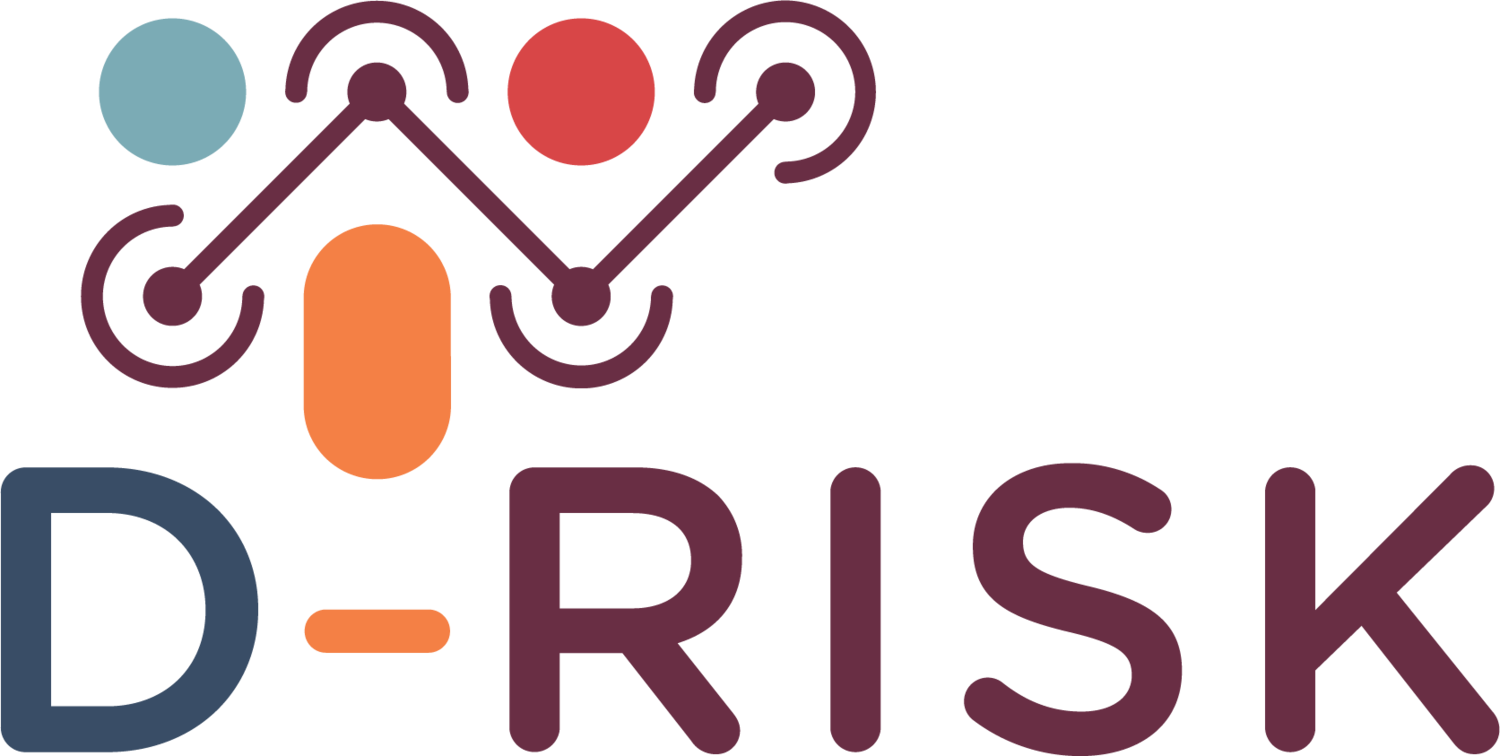
We’re testing for every driving scenario you can imagine (and those you can’t)
As many as 72% of people in the UK would still trust a human driver to make better decisions in a high-risk situation over a self-driving car. For autonomous vehicles (AVs) to become a reality on our roads, that statistic needs to change.
D-RISK is a co-innovation project aimed at improving the safety of AVs to make them a commercial reality in the UK and beyond.
We’re creating a standardised approach to testing that will help to establish a trusted model for bringing AVs to our roads. Our tests prepare AVs for every possible scenario they might face on the road – including those that have never occurred before.
To do this, we’re gathering the world’s most extensive library of edge cases into a knowledge graph of risk. The knowledge graph maps out the entire spectrum of risk on our roads, both visually in two dimensions, and in a massive nondimensional manifold navigable by the computer. This helps us identify scenarios that are then re-created in complex simulations that can be used to not only test but train and validate AVs. Indoing so, we’ll provide a vital resource to transport providers, local authorities, and AV developers who need to be confident that self-driving vehicles can handle a full range of high-risk events.
The project will run until March 2022, and is part-funded by the Centre for Connected and Autonomous Vehicles and Innovate UK.
D-RISK has 3 unique characteristics
We’re focused on edge cases
We’re purposefully tackling the tricky, unusual or risky scenarios that are often missed by traditional simulation approaches. The real world isn’t predictable and AVs must be prepared to manage any situation that could occur.
We’re backed by ground-breaking technology
We’re combining patented knowledge graph technology with advanced sensor-realistic environment simulations, state-of-the-art computer vision, and behavioural testing to identify new scenarios that push AVs to the limit of their capabilities.
We identify the scenarios that AVs struggle with today, and then we retrain them to react more safely. Trials using our training programme have already resulted in AVs reacting six times more quickly, and with twice the confidence, to high-risk situations.
We’re working directly with the public
We want to help build public trust in AVs, so we’re listening to what people think. We’re sourcing insights and edge cases from the public to build up a complete picture of what AVs might encounter on our roads – including events, and a level of detail, that haven’t been recorded anywhere else.
In fact, from the edge cases - like the one shown in the video here - we’ve already collated from the public:
30% are “near misses” which can’t be sourced from more traditional methods like accident reports
There are 2x as many pedestrian events than we see in normal accident reporting




